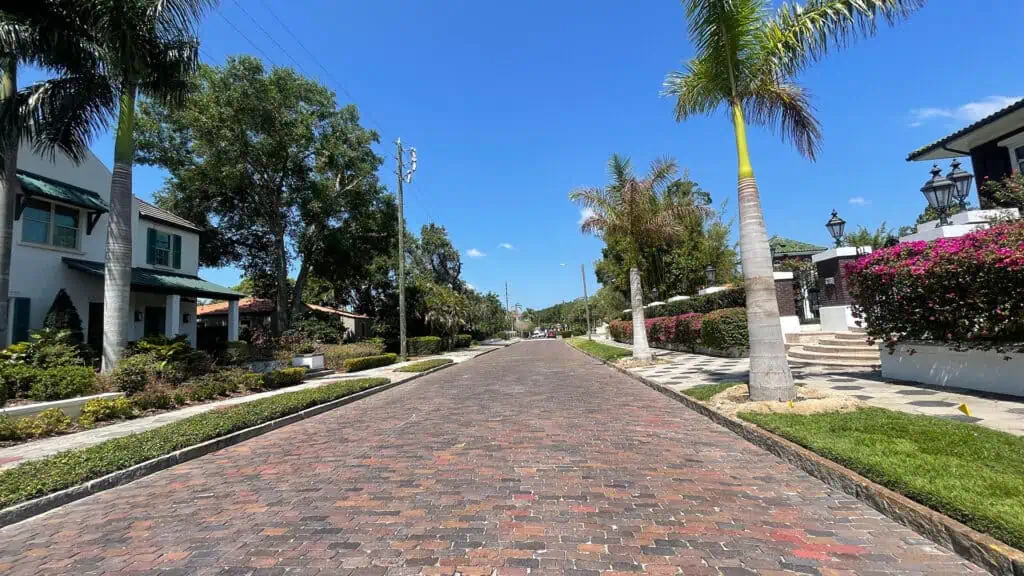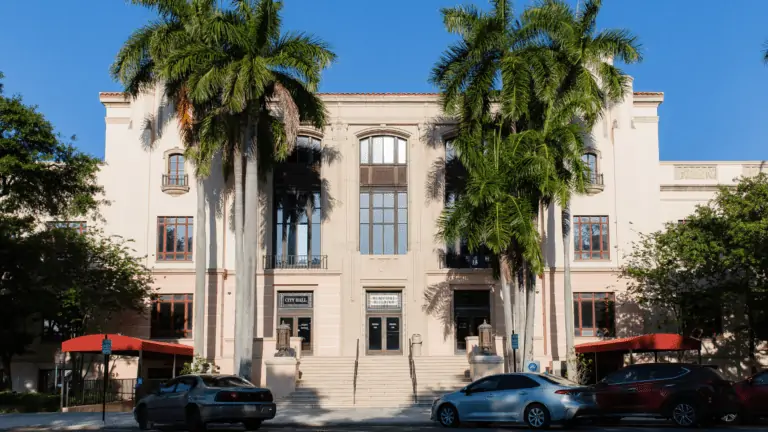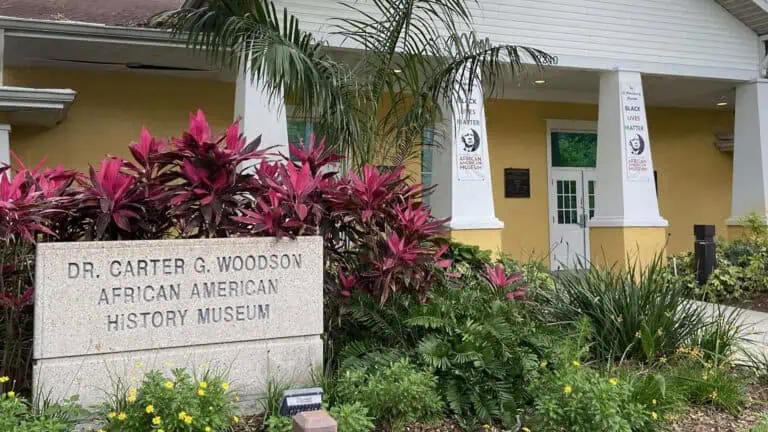If you’ve spent any time strolling St. Petersburg streets you’ve probably noticed that many of our bricks are labeled “Augusta Block.” The name comes from the city of Augusta, Georgia, the location of the Georgia Vitrified Brick and Clay Company, which won the contracts for paving many of St. Petersburg’s early streets.
The city began using brick to pave streets around 1903 after much vociferous debate about the best available paving materials. Until then streets were made of crushed shells (often plundered from the dozens of Native American shell middens that dotted the area) or marl. Eventually brick won the day, in part because of the durability of vitrified bricks, which are baked at a higher temperature than bricks used for building. The high temperatures reduce the moisture absorption rate, an important factor when paving Florida roads.
ADVERTISEMENT
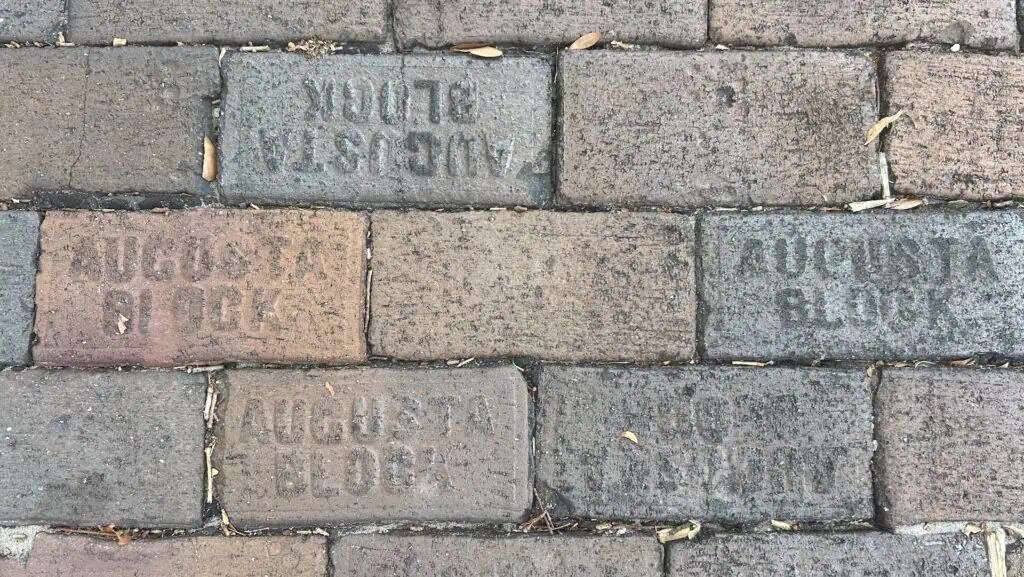
St. Pete’s streets were laid without mortar in a sand foundation. The bricklayers placed the bricks so tightly that a piece of paper wouldn’t fit between them. If you look closely at our brick streets you can often find fingerprints of the men who made them more than 100 years ago.
Brick streets are a clue that a neighborhood was platted before the 1930s when the city largely stopped using brick. During the 1920s boom, many neighborhoods were platted in our western and southern suburbs, but the 1926 real-estate bust meant that those neighborhoods weren’t built out until decades later. Consequently, many St. Pete neighborhoods (Snell Isle and Eagle Crest are great examples) now present an eclectic mix of 1920s brick streets, a smattering of 1920s homes, and hundreds of 1950s ranch houses, which were built when St. Pete boomed again following World War II.
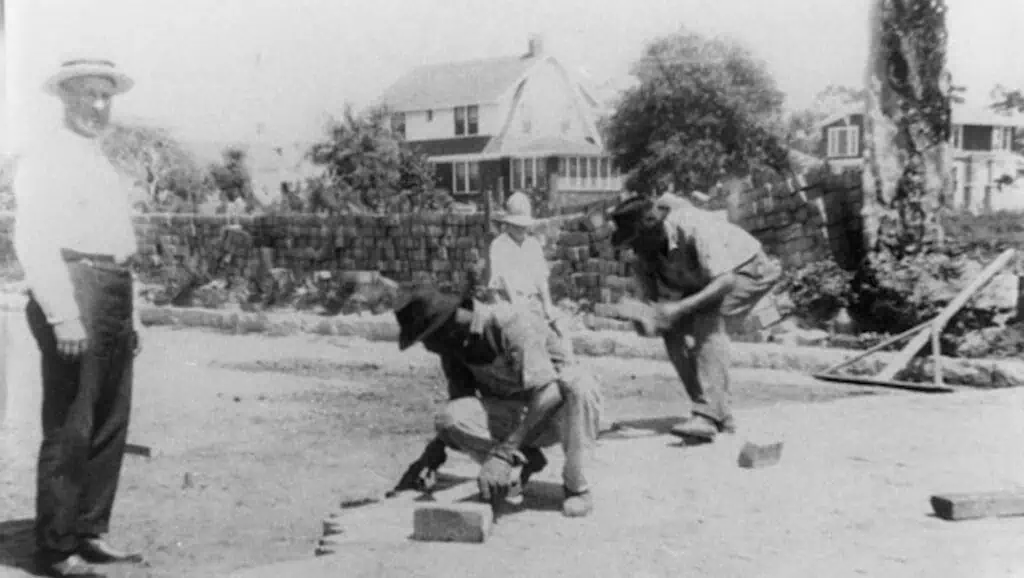
There were once 339 miles of brick streets in St. Pete but today there are only about 81 miles left. Many bricks were removed entirely, but in many cases, the brick streets were paved over in asphalt. City resolutions protect the city’s remaining brick streets, and residents on asphalt streets with brick underneath can have the brick street restored if they pay the cost difference. In addition to being charming, brick streets are practical. Their bumpiness is prized for traffic calming, and their sandy substrate is great for absorbing runoff.
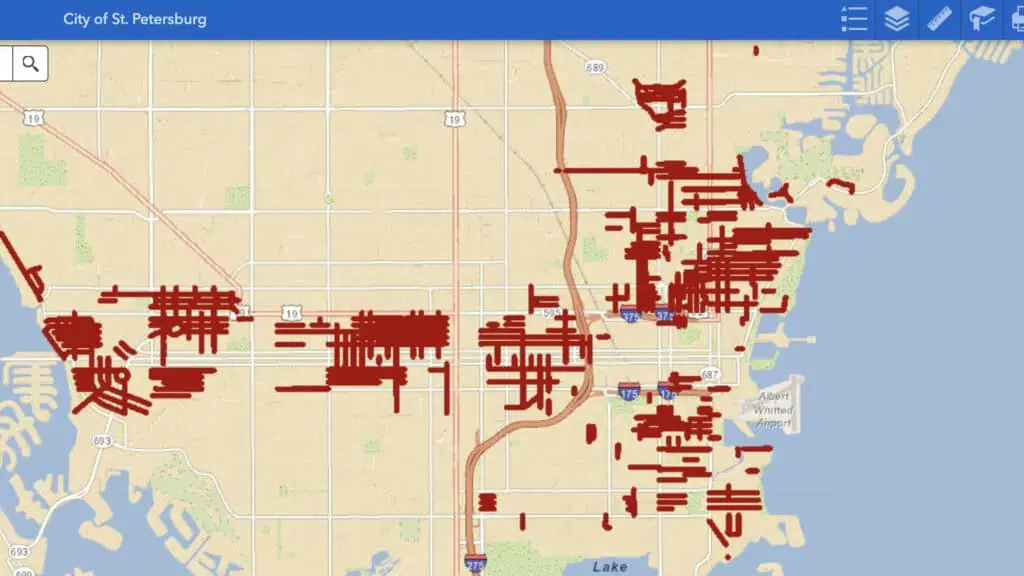
You will occasionally see other brick types in St. Pete, most notably Rockmart. But Augusta Block was the preferred choice for decades in the city. St. Petersburg became a showplace for the Georgia Vitrified Brick Company, who advertised in local newspapers that visitors should go home to their northern states and tell city leaders about Augusta Block! Likewise, St. Pete was proud of boasting in the 1910s that it had more streets paved in brick than any other Florida city.
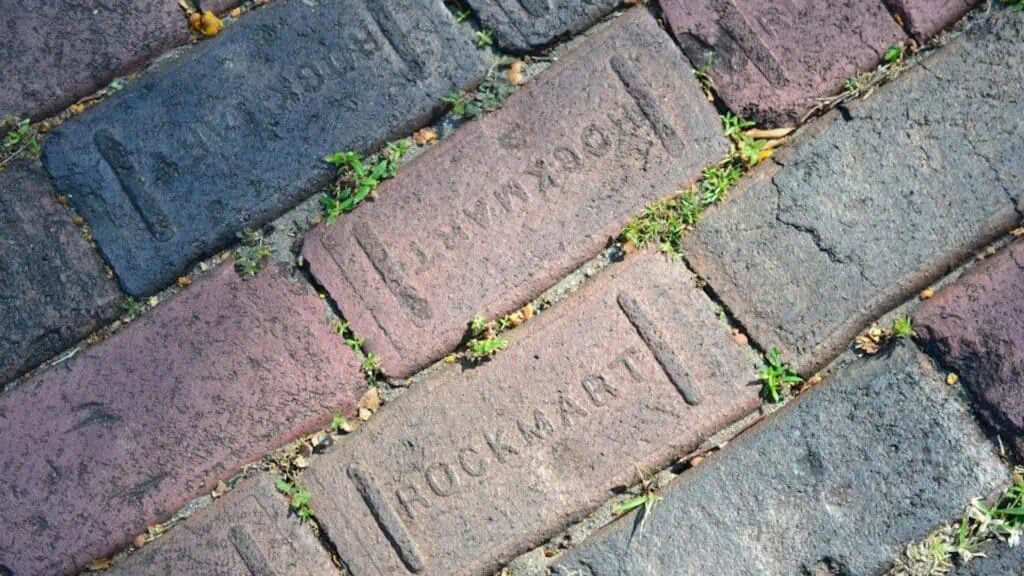
Coincidentally, the hospital that most of us know as Bayfront Hospital (now Orlando Health Bayfront Hospital) was originally called Augusta Memorial Hospital, but it has no relation to the bricks. The hospital was named after the mother of early benefactor Ed Tomlinson. A few years later he had a falling out with the hospital and made them remove his mother’s name!
Next time you want to complain about the rough ride on one of St. Pete’s brick streets, just remember they’re great for the environment and a great reminder of St. Pete’s early history!
Want to learn more about St. Pete’s history? Join Monica on one of her history tours in person! Reserve your spot here.
ADVERTISEMENT




